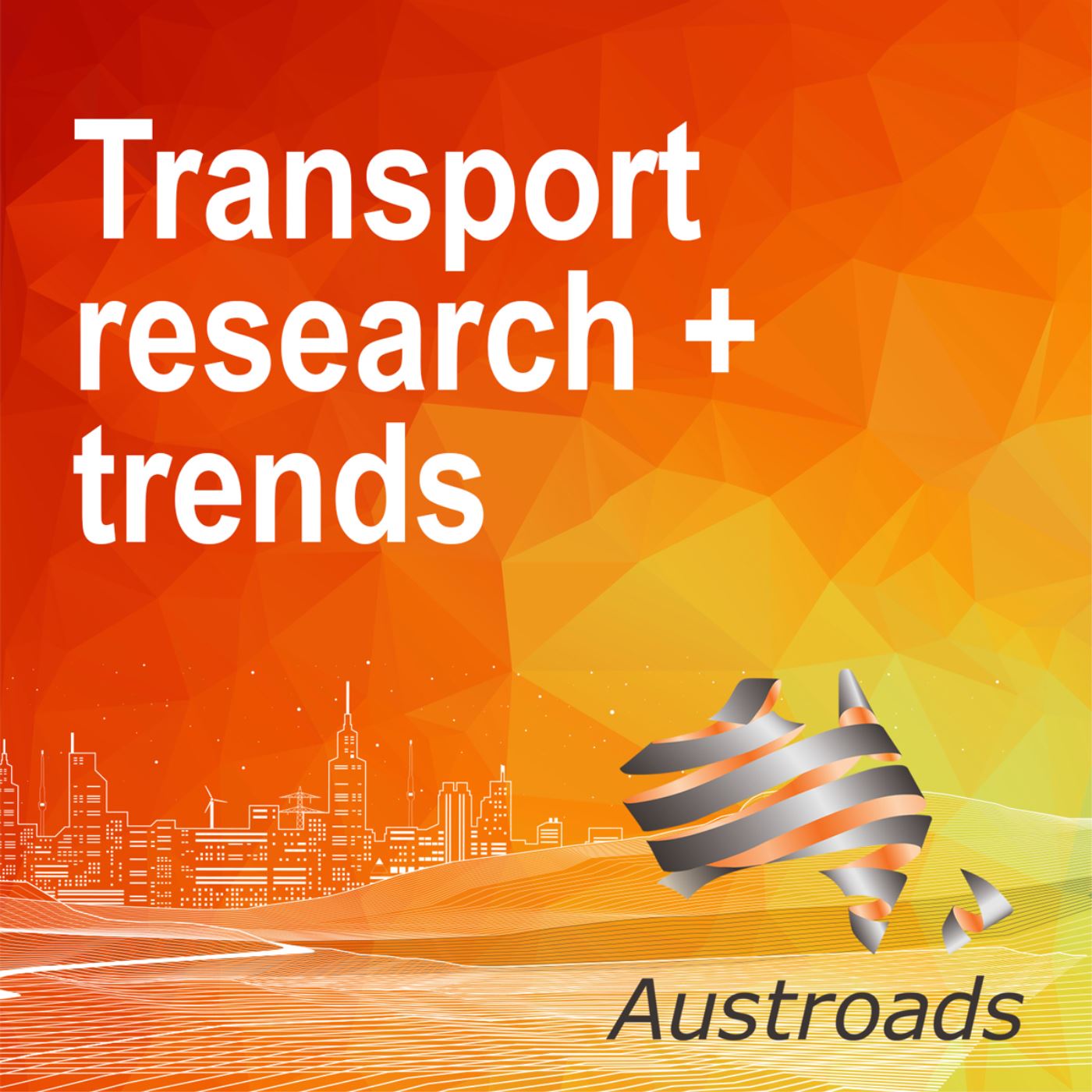Episodes

Wednesday Oct 29, 2025
CWANZ National Walking and Cycling Participation Survey 2025
Wednesday Oct 29, 2025
Wednesday Oct 29, 2025
How are Australians walking and cycling in 2025? The National Walking and Cycling Participation Survey is Australia’s most comprehensive source of data on how people move through their communities. Conducted every two years since 2011 and commissioned by Cycling and Walking Australia and New Zealand (CWANZ), the 2025 survey was delivered by Painted Dog Research and captures a nationally representative view of walking, cycling, and emerging micromobility behaviours.
This year’s study engaged over 12,000 Australians through a dual-mode approach (online and phone) and included several methodological enhancements. It sheds light on how often people walk or cycle, for what purposes, and how this is evolving - including increased use of e-bikes, e-scooters, and other rideables.
In this webinar, the Painted Dog team walks through the key findings from the 2025 survey across Australia and each state/territory.
Calvin Lim from Painted Dog Research presents the results from the research, alongside representatives from CWANZ. The session also includes a Q&A Panel discussion featuring Michelle Prior, Chair of CWANZ, Kirsty Kelly, CEO of Transport Professionals Association and Dr Ingrid Johnston, CEO of Australasian College of Road Safety.
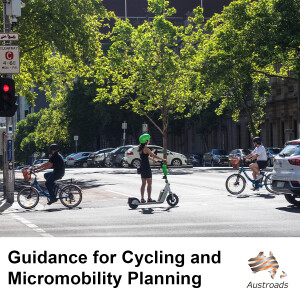
Monday Mar 31, 2025
Guidance for Cycling and Micromobility Planning
Monday Mar 31, 2025
Monday Mar 31, 2025
This webinar introduced the new Austroads Guidance for Cycling and Micromobility Planning, a resource for professionals seeking to deliver safer outcomes for all road users. The project aimed to deliver a consolidated and nationally consistent approach to cycling and micromobility planning and includes recommended changes to the Austroads Guide to Traffic Management.
The webinar shared the key themes that emerged from research and consultation. It introduced the three overarching recommendations of the Guidance: providing stronger links to best-practice cycle planning and design principles; recognising that considered terminology can help deliver projects; and updating the AGTM's scope to include wider micromobility options. Recommendations are supported with practical tools and strategies to facilitate better cycling and micromobility planning outcomes. The webinar was presented by Clare Huggins and James Laing, and moderated by Mary Haverland.
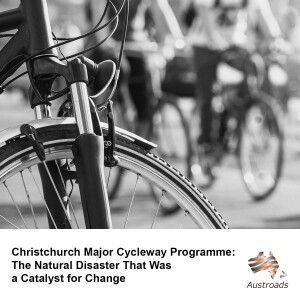
Friday Nov 29, 2024
Friday Nov 29, 2024
Christchurch has developed over 75km of separated cycle facilities retrofitted across the road network. The Major Cycleway Programme has enabled Christchurch to become the leader for cycle infrastructure in New Zealand. The 2011 earthquakes experienced in Canterbury, New Zealand caused significant devastation and destruction across the city. This disaster was a catalyst for change and provided Christchurch an opportunity to rebuild new and create a new identity.
This webinar, presented by Emily Cambridge from Activate Urban and Jacob Bradbury from Christchurch City Council, takes you on the Christchurch journey towards becoming a cycle friendly city. This includes discussing The Share an Idea campaign which empowered the Christchurch community to share their dreams for the future of the city. The campaign attracted more than 100,000 ideas. The Major Cycleway network emerged as part of the city rebuild blueprint. This programme planned a network with over 100km of separated cycleways along 13 major routes across the city. In 2016, two consultant led consortia were established to complete the route designs. Now with 11 of the 13 routes nearing completion there has been exponential growth of people riding bikes over the past 5 years.
One of the completed routes has seen an average 30% growth in cyclists between 2019 and 2020. Recent surveys with users and residents also show strong support for the facility with 82% of cycle users surveyed stated that the new cycleway has encouraged them to make more trips by bike.
The webinar shares how the design team has progressed through route planning, design team consortia collaboration, construction and will touch on some lessons learnt along the journey.
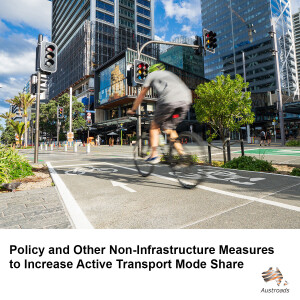
Wednesday Jul 24, 2024
Policy and Other Non-Infrastructure Measures to Increase Active Transport Mode Share
Wednesday Jul 24, 2024
Wednesday Jul 24, 2024
This is the final webinar in the three-part webinar series to present the outcomes of the Austroads project “Prioritising Active Transport”.
Presenters Dr Elliot Fishman and Andrew Somers focus on various policies and other non-infrastructure interventions that can be used to increase levels of active travel. These interventions include measures such as speed reduction, policies to integrate public transport with walking and cycling, pricing measures for motor vehicle use and parking and shared micromobility programs.
The session also covers how policy and other non-infrastructure interventions perform in terms of their impact on growing active transport mode share, in comparison to the cost and complexity of implementing these initiatives.
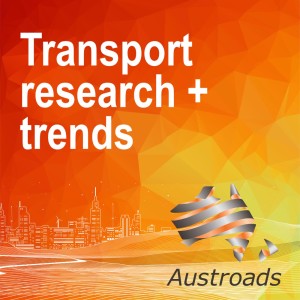
Tuesday Jul 23, 2024
Tuesday Jul 23, 2024
This is the second session in a three-part webinar series to present the outcomes of the Austroads project “Prioritising Active Transport”. This webinar builds on the first webinar by focusing on the types of infrastructure interventions that can be used to increase active transport mode share.
Participants will gain an understanding of the effectiveness of these interventions and their suitability, depending on the geographical context (e.g. inner city, suburban, regional).
The webinar is presented by Dr Elliot Fishman and moderated by Andrew Somers.

Tuesday Jul 23, 2024
Increasing Active Transport Mode Share
Tuesday Jul 23, 2024
Tuesday Jul 23, 2024
This webinar was part one of a three-part webinar series to present the outcomes of the Austroads project 'Prioritising Active Transport'.
A wide range of Australian government agencies have a goal to increase the mode share for walking and cycling. Yet much of the data shows that active transport levels have stagnated over the last 15 years. This webinar presented data on Australian and overseas best-practice measures that can be implemented to grow the contribution of walking and cycling to transport systems across Australasia.
Participants learnt about the different categories of interventions that can be used to increase active transport mode share. They also learnt how a prioritisation framework can be used to select interventions that are the most impactful in boosting walking and cycling mode share, while also considering the cost and complexity of different interventions.
The webinar was presented by Dr Elliot Fishman and moderated by Andrew Somers.
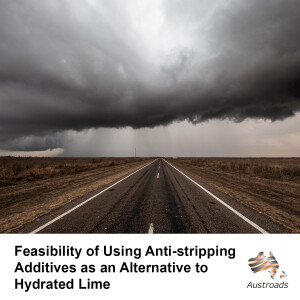
Thursday Jul 11, 2024
Gender Sensitive Urban Design Guidelines
Thursday Jul 11, 2024
Thursday Jul 11, 2024
Cities throughout the world are recognising many public spaces are not welcoming or inclusive, particularly for women, girls, gender diverse groups and vulnerable people.
This webinar, presented by Anna Chauvel and Richmond Henty, focuses on Canberra's first Gender Sensitive Urban Design Guidelines. The guidelines will help planners, engineers, architects, landscape designers and developers create urban spaces that reflect the needs, interests, and routines of the city’s diverse community, enriching people’s daily lives.
Developed following over two years of community and stakeholder engagement, the guidelines will aid with the design and delivery of public urban spaces as well as transport and infrastructure projects, including wayfinding. The guidelines are one of the actions to come out of the Second Action Plan 2020-22 of the ACT Women’s Plan.
The guidelines will deliver practical outcomes to the daily lives of women, girls, gender diverse and vulnerable people in Canberra improving their safety, access, mobility, health, and enjoyment in public spaces.
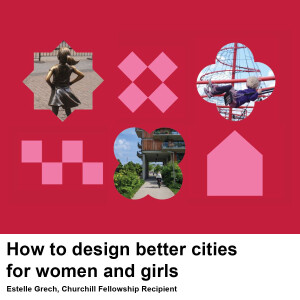
Tuesday Jul 09, 2024
How to Design Better Cities for Women and Girls
Tuesday Jul 09, 2024
Tuesday Jul 09, 2024
Safety is often the first thing that comes to mind when thinking about transport and city planning from a gender perspective, but feeling safe should be the baseline, not the benchmark when it comes to inclusive cities.
From Barcelona’s Superblocks to women’s cycling rates in Copenhagen, through to building women’s autonomy into the business case, this webinar’s presenter Estelle Grech shares key insights from her Churchill Fellowship where she travelled to 14 cities around the globe to research how to design cities for women in girls.
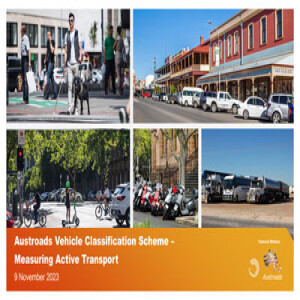
Thursday Nov 09, 2023
Austroads Vehicle Classification Scheme – Measuring Active Transport
Thursday Nov 09, 2023
Thursday Nov 09, 2023
Austroads has developed an extended vehicle classification scheme (EVCS) to enable improved understanding and monitoring of the evolving vehicle mix on Australian and New Zealand roads in traffic and transport surveys. This builds upon the existing 1994 vehicle classification scheme.
The EVCS provides greater granularity for each of the existing 12 classes of vehicles and adds a new class for active transport to address the need to count a variety of active transport users such as pedestrians, skateboards and e-scooters.
The EVCS will allow transport agencies to better manage transport demand within and between modes, survey active transport and understand how demands integrate with other modes.
The scheme will help identify changes in transport operational performance and optimise plans for effective access management and asset maintenance.
This webinar is the third session in a three-webinar series, and it will focus on measuring active transport. The first webinar covered heavy vehicles and the third session discussed the changes to light vehicles.
This webinar, presented by Drew Gaynor and David Johnston, focuses on active transport and discusses:
- the creation of level 3 class 20
- the greater granularity in level 4 subclasses
- emerging challenges in categorising class 20 elements
- the use of alternative counting technologies.
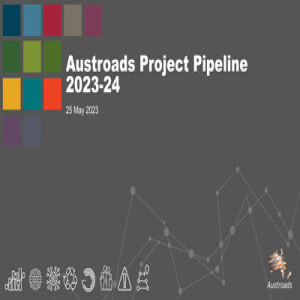
Thursday May 25, 2023
Austroads Project Pipeline 2023-24
Thursday May 25, 2023
Thursday May 25, 2023
This webinar is beneficial to consultants who may be interested in tendering for Austroads projects. The session covers new Austroads projects lined up for the 2023-24 financial year, Austroads process around research data collection and what is required to become a successful tenderer.
To find information about Austroads' current tenders, visit the tenders webpage. On that page, you can also subscribe to our Tenders newsletter to receive alerts when a new project is advertised.

